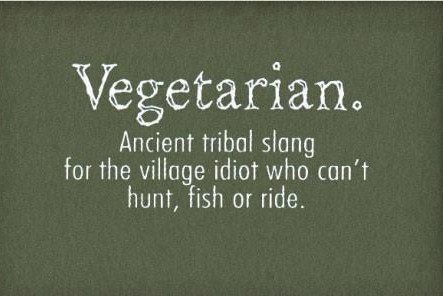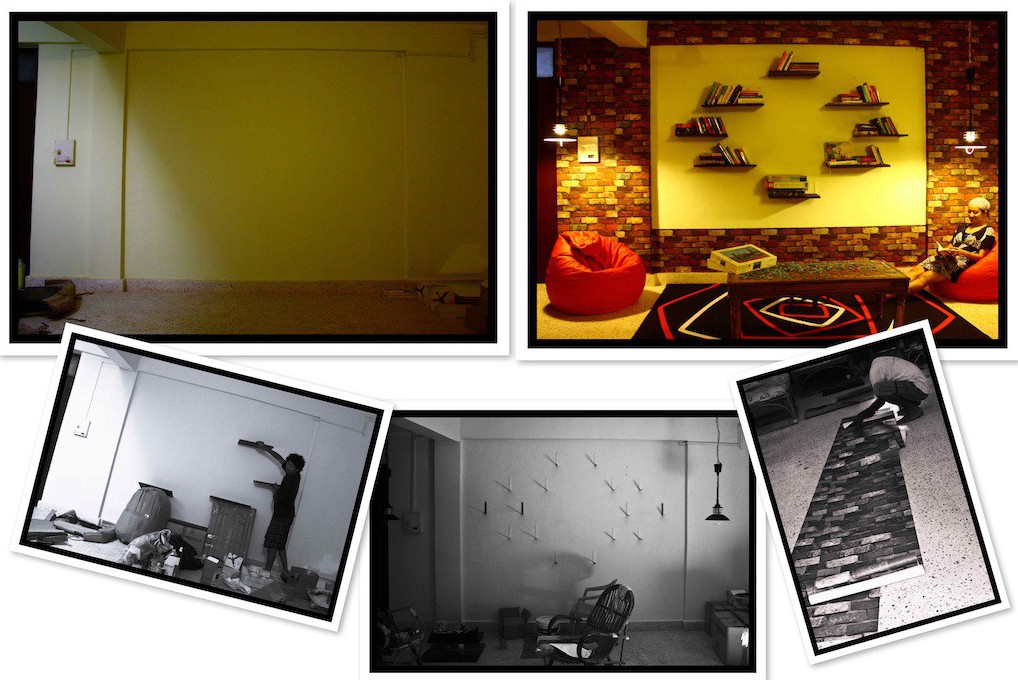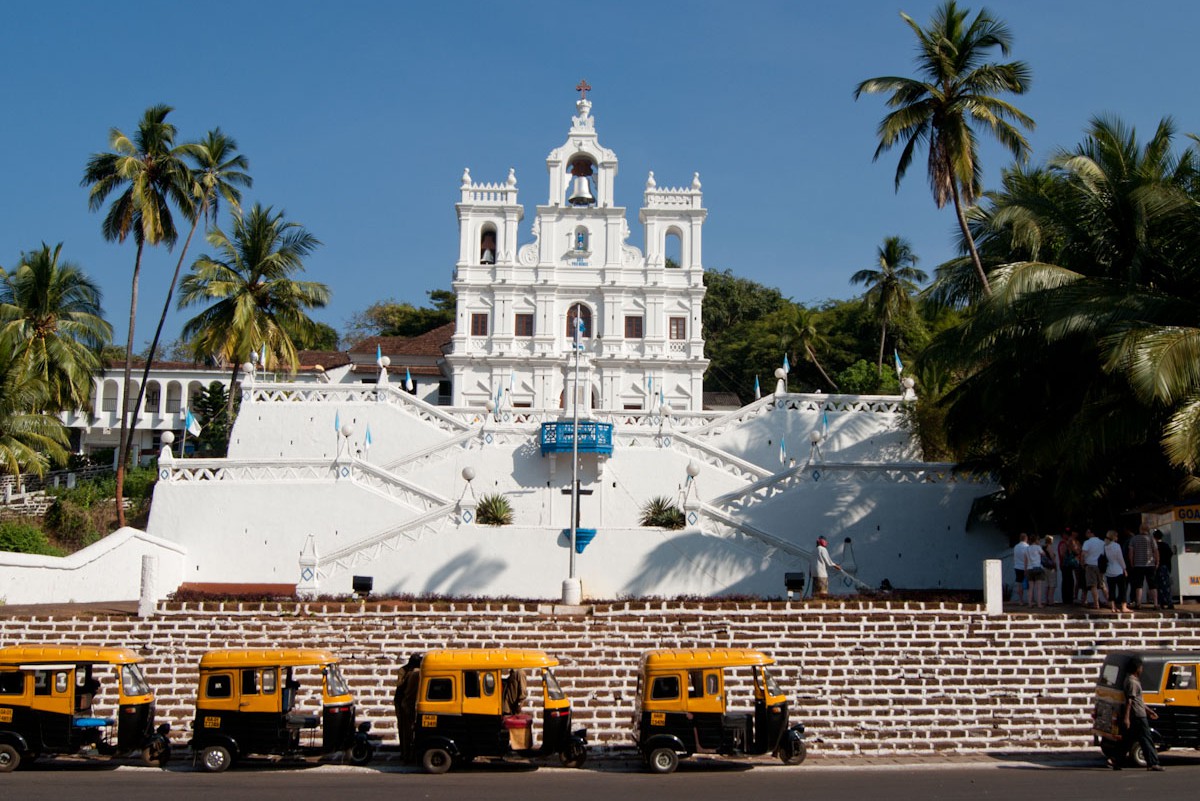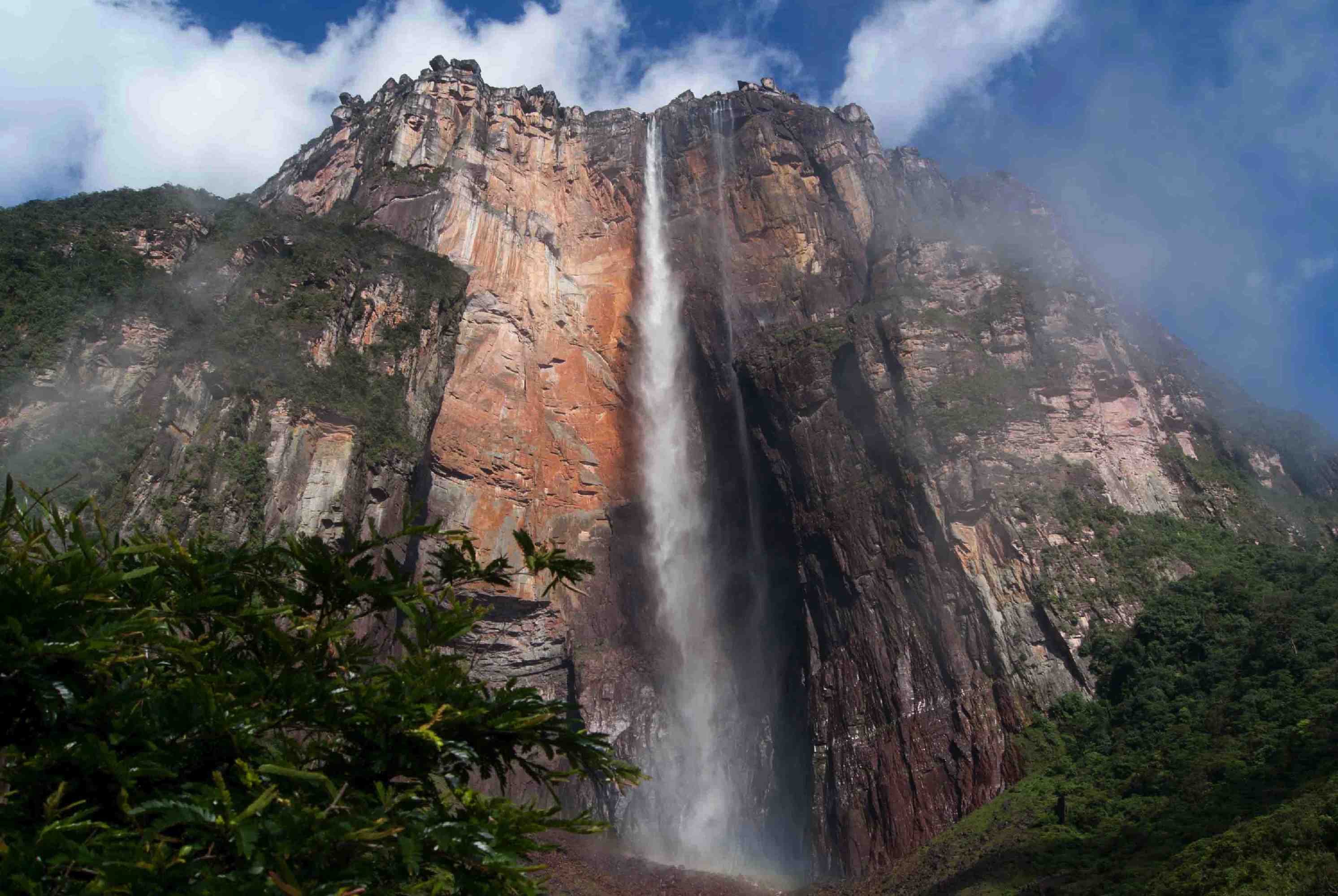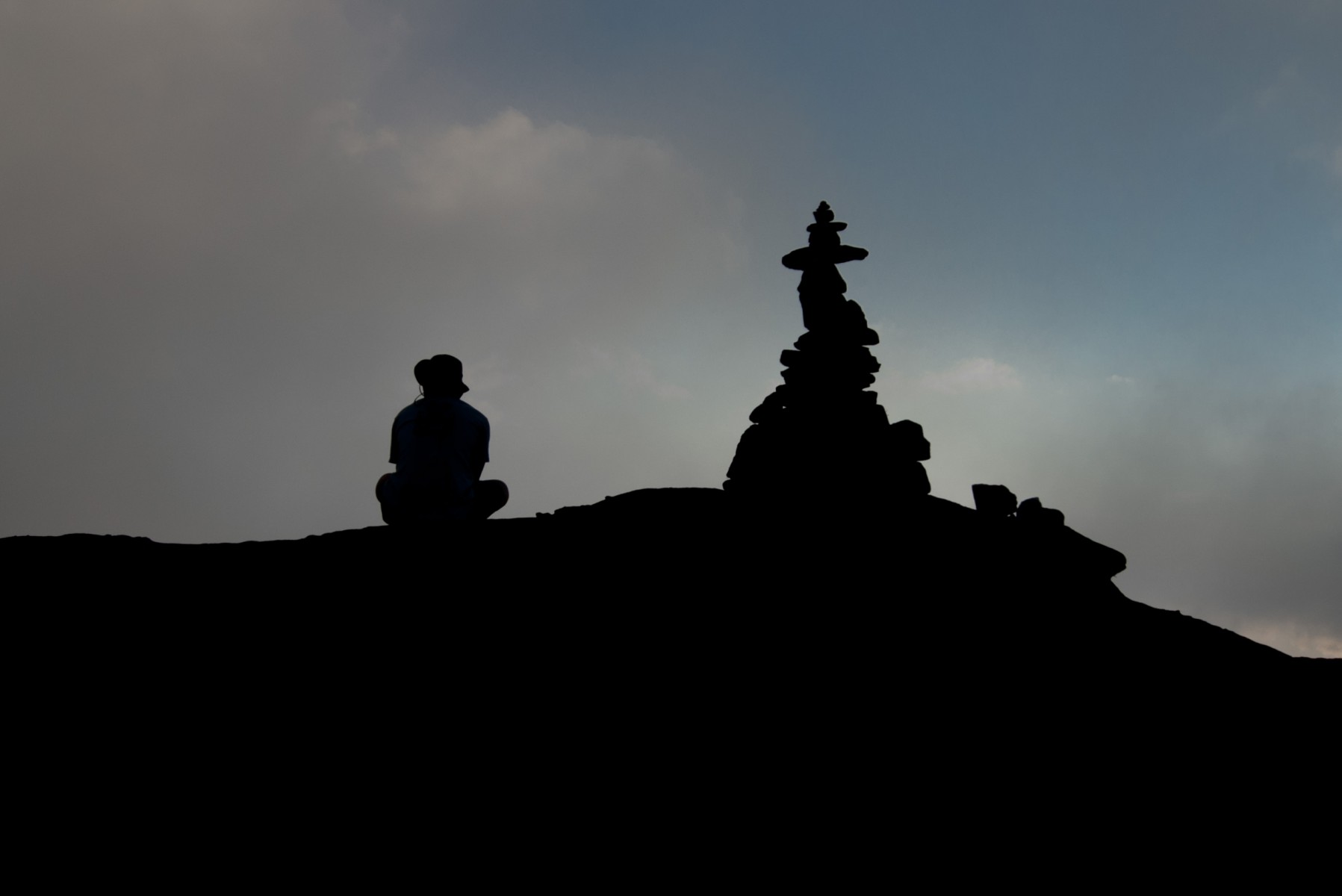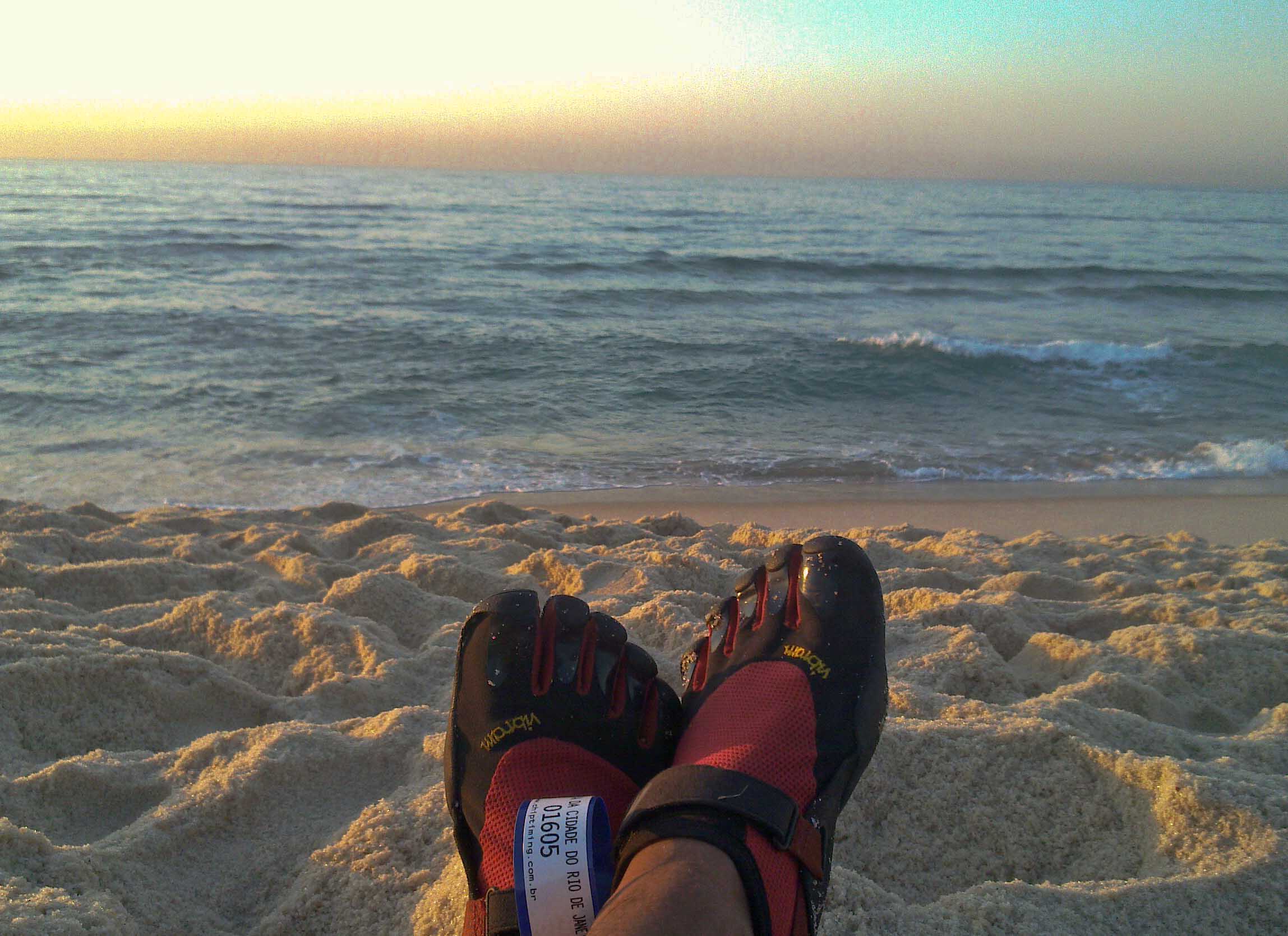
As funny as this viral quote may be, we’ve come a long way from hunting and fishing. The world we live in has changed so drastically in the past 100 years that ignorance or culture is no longer an excuse to sit back and wait for someone else to fix the problem. Which brings us to the question – is there a problem? I believe there is.
We need to consider vegetarianism or at a bare minimum reduce our consumption of meat for a couple of reasons
Hunger
A child dies from hunger every 6 seconds. 6 million children die of starvation every year. One acre of land can be used to grow 20,000 pounds of potatoes but can only produce 165 pounds of edible beef. Should we be growing potatoes or producing beef? You do the math.
Environment
Animal farming is an industry comprising of 22 billion farm animals and accounts for 18% of the world’s greenhouse gases. With global warming coming to the forefront of everything environment, it’s easy to shrug off as a problem that only Governments have to deal with. To put things in perspective, producing a single pound of meat emits the same amount of greenhouse gasses as driving 60km in an SUV.
20% of the Amazon rainforest has been destroyed in the last 40 years. A large majority of this destruction of our planets richest bio-diverse ecosystem has been fueled by the need to farm cattle or to grow soya which is then shipped to Europe to feed chickens and cows caged in animal farms.
While the Amazon was being pillaged, trawler fishing was doing the same with our underwater world, obliterating entire marine ecosystems before we even knew they existed.
Health
Contrary to popular opinion, our bodies don’t require meat. All nutrients from meat can be gotten from a vegetarian diet as well. Sure, we’ve evolved to be omnivorous but primitive man sure as hell wasn’t eating a big-mac for lunch and a steak for dinner every day.
Vegetarians coincidentally tend to have a lower BMI, lower blood pressure, cholesterol and a lower chance of heart disease. Add to this a reduced risk of diabetes, hypertension and a hoard of other diseases and there’s no real debate as to which diet is healthier for you.
Benefits of a vegetarian diet apart, sometimes you must wonder where your steak actually came from. Illusions of black and white cows grazing on green pastures are naïve. The beef you’re eating most probably came from a cow stuck in a tiny cage and fed growth hormones all day long. And you’re unconsciously indirectly consuming these hormones and antibiotics (forgot to mention that 20% of all cows have bovine leukemia aka cancer and up to 50% of all chickens in the US have salmonella). If that has failed to scare you, bovine immunodeficiency virus (equivalent of AIDS in cows) can infect human cells and wreak havoc in form of a slow virus.
Humanity
As the smartest animal on the planet, we should realize that we’re capable of doing things that no other living creature can do. We are capable of designing crazily complex systems, understanding the origins of life and we’re capable of showing compassion towards each other and towards other animals. We keep dogs and cats as pets but some double standard allows us to eat pigs and cows that someone else kills for us (we’d never have the courage to do it ourselves). All we see on our plate is a product. We have become numb to the fact that animals are being killed for meat.
The issue you need to address is that every time you sit down and eat a steak, are you eating this out of habit or do you realize the cost that the world and your body is paying for this luxury?
And once you understand this cost, you need to ask yourself – is it worth it?
Having quit my job to start a backpackers hostel, let me tell you that getting into the backpacking business is less glamorous than what it appears. However, a job is only as fun as you allow it to be.
 After setting up India’s first backpacker hostel and watching it fail (long story), I hit the drawing board again and started from scratch. 3 years and 4 hostels later (check it out and give us a like), I’ve had my fair share of ups and downs in the backpacker hostel industry. The best part for me at the end of the day is that I’m in control of my precious time and my job allows me to do exactly what I want to do at any point in time. Life is mostly a holiday (except when the toilet’s broken). A couple of times every week someone at the hostel confides in me that their dream in life is to open a hostel. So, let me break down this process to give you a glimpse into what goes into the making of a backpackers hostel..
After setting up India’s first backpacker hostel and watching it fail (long story), I hit the drawing board again and started from scratch. 3 years and 4 hostels later (check it out and give us a like), I’ve had my fair share of ups and downs in the backpacker hostel industry. The best part for me at the end of the day is that I’m in control of my precious time and my job allows me to do exactly what I want to do at any point in time. Life is mostly a holiday (except when the toilet’s broken). A couple of times every week someone at the hostel confides in me that their dream in life is to open a hostel. So, let me break down this process to give you a glimpse into what goes into the making of a backpackers hostel..
1. Take the plunge
There isn’t a bachelors of backpacking (yet) and starting a backpackers hostel requires no eduction. In fact it requires no specific skill but once you’re done you will be a jack of all trades. A pinch of common sense should guide you well enough along this journey. Don’t sit on the fence with this decision. Life will pass you by. If you’re looking to start a backpackers hostel, nobody but you will be able to say whether its the right or wrong thing to do. Trust your instinct and do what you think will make you happy. Do it now. Don’t wait for tomorrow.
2. Hang with the hippies
Great. So you’ve decided to start a hostel. Now comes the question of where. This may come as a rude shock to you but your choice of location is the biggest factor that could make or break your business. If your stretch of beach isn’t popular, having the swankiest backpacker hostel will not bail you out of that hole. Don’t rush this decision. Try and backpack through your chosen destination first to see the World through the eyes of a backpacker. And while you’re backpacking through town, talk to as many people as you can. By the end of this exercise you’ll need to know who visits, from where, for how long and why. If you find sitting by the beach with a beer and chatting with fellow backpackers hard work, you might need to rethink this choice of profession.
3a. Find your dream house
Next comes selecting a house that will hold up against an army of rowdy backpackers. Taking 2 steps back, the purpose of your place is to enable backpackers to meet each other. A fundamental draw for backpackers is that your place will have to be affordable. As for enabling backpackers to meet, a common room is of paramount importance. While viewing possible houses bear in mind tiny details such as number of beds you can fit into the house without asking more than 8 people to share a bathroom (the biggest limiting factor). Although not obvious from the offset, your relationship with your landlord will be incredibly important too. Ensure that your landlord knows exactly what you plan to do with the house. As far as buying a house goes, remember that you’re in the backpacker business and not real estate. Limit your risk and stick with renting.
3b. Be the man with a plan
This step is to be executed at the same time as the previous step. Whether you like it or not, you will need a business plan. Plug the house rent, estimated operational expenses (electricity, internet, cleaner, etc), price per bed per night and your plan should give you the occupancy required for you to cover your expenses. Is this a reasonable number? From experience, try and ensure that you can cover all your expenses with an occupancy of around 30%. If that’s not possible,either your house rent is too high or your beds are too cheap. Fortunately you won’t have to reinvent the wheel and you can just use somebody else’s excel genius to figure out the finances.
4. Licences
This is the bitch. Get started as soon as you sign your lease agreement. Unfortunately the procedures vary from place to place and my advice will be useless to you. Get all your information from the horse’s mouth, do the right thing and cover your ass. Always.
5. Shop till you drop
Once you’ve signed the house lease and applied for your licences, you’re 60% there. The rest is the easy part. It’s time to get busy and start shopping. Bunk beds, lockers, rugs, curtains, mattresses, blah blah blah. The shopping list will drag into the hundreds and you’ll be ready to give up at numerous stages but you’ll have to soldier through it (or maybe thats just because there’s no love lost between me and shopping). Having done this a couple of times I’ve come to realise that ready made stuff will always be inferior and less durable to custom made stuff. Backpackers are experts at breaking stuff. However, custom furniture and fittings cost a fortune. If you’re opening your first hostel, get it from the store and aim at keeping your costs to a bare minimum.
6. Ready…Fire…Aim
Finally comes the most exciting part of the entire process – setting up the hostel. Seeing all your ideas come to life is incredibly satisfying. However, do remember that every day spent setting up the hostel is an expense because you’ll be paying rent and not earning any money. Get operational as soon as possible. Backpackers are awesome people and incredibly forgiving when they realise that you’re making a genuine effort to do something special. Don’t wait for your hostel to become perfect (3 years down the line, we’re just getting started).
Throw open your doors and let the good times roll..
Pictures from my first hostel in 2011
Building a reading corner

Gardening 101

Branding, painting, etc

Somewhere to sleep

Describing Goa as having quite a few Churches would be an understatement. For instance, asking for directions in Goa would result in horrible directions with references to either a Church or a bar or most likely – both.
Goa stands apart from the rest of India because it was a tiny enclave ruled by the Portuguese while the British ruled the rest of India. Even as Gandhi was driving the British up the wall, the Portuguese empire in Goa remained unperturbed and relatively peaceful. In fact the Portuguese outlived the British and ruled over Goa for 451 years. It wasn’t until 19th December, 1961 that the Portuguese were unceremoniously kicked out by the Indian army with one of the shortest wars in the history of the World that barely lasted for a day.
Time has healed many of the wounds of colonialism and most people have forgotten the price they paid for freedom. The only memory of the Portuguese that remains are the beautiful Churches and houses that are scattered across this tropical paradise. Churches or even buildings of this stature have not been seen ever since in Goa.
Just as a one eyed man is king among the blind, a few Churches in Goa stand taller than the rest, displaying the magnificence and exuberance of this Portuguese colony at its zenith.
#1. Se Cathedral (1619)
Se Cathedral is one of the largest Churches in Asia and is dedicated to St. Catherine. Built to commemorate the victory of the Portuguese over the Muslim rulers of Goa, it took almost 80 years to build. Legend has it that the Golden bell of this Cathedral could be heard all over Goa. One of the bell towers was destroyed during a lightening storm leaving the Church with a unique asymmetrical structure. Don’t judge a book by its cover as this Church contains 14 alters on the inside, with each being more intricately carved than the next.
#2. Bom Jesus Basilica (1605)
Apart from its unique baroque architecture, this Basilica is significant to the Goans since it holds the mortal remains of one of the patron Saints of Goa – St. Francis Xavier. Francis Xavier died on board a ship and his body was taken to Malacca, also a Portuguese colony at that stage. It was later decided that he should be buried in Goa. On the arrival of his body in Goa, more than 2 years after his death, people noticed that Francis Xaviers body hadn’t decomposed. The Church has deemed this to be a miracle and St. Francis Xaviers body is put on display to the public every 10 years (next being 2014). A silver casket designed in the 17th Century holds the remains of this Saint.
#3. Church of Our Lady of the Immaculate Conception (1541)
One of the oldest Churches in Goa, this Church is located at the centre of Panaji, the Capital City. The Church towers over the City with a statue of Mother Mary at the front casting a watchful eye over its inhabitants. Originally built to welcome sailors home, the Church is over 450 years old and is beautifully preserved. The Church is used even to this very day with devout Catholics stopping by to pray en route to work.
#4. Church of St. Catejan (1700)
Defying the norms, this Church was built by a few Greek and Italian priests at the turn of the 17th Century. This Church was modeled on St. Peters Basilica in Rome and stands in start contrast to the rest of the Churches built in the Portuguese era. Despite being over 300 years old, the structure is well preserved, presumably due to the lack of tourist attention to this masterpiece.
#5. Church of St Francis of Assisi (1661)
Built at the back of the Se Cathedral, this Church has large shoes to fill. Stepping into this Church takes you back in time and beautiful painted panels depicting the life of St. Francis of Assisi adorn the walls. The seminary adjoining this Church has been converted into a peaceful art museum that houses most of the painting earlier placed at the Panaji Secretariat.
The Runner Up – Our Lady of the Mount (1547)
Despite being relatively modest compared to the other Churches, there’s nothing modest about the view from the hill on which this Church was built. The Church could be so much more but currently stands abandoned and left to the elements. However, even for just the view, this Church is worth a visit.
Kigali, the Capital of Rwanda, is the launch pad for this once in a lifetime experience. A 3-hour crammed local bus provides an interesting introduction to Rwanda culture. Once you get to Ruhengeri, before giving yourself a pat on the back, remember that you’re just halfway there. An early morning land cruiser ride over possibly the bumpiest road in the World gets you to Parc National de Volcans.
Mountain gorillas are an endangered species – poaching and viruses being the biggest problems. The International Gorilla Conservation Programme was founded to fight against annihilation of mountain gorillas. Tourism is an avenue used to fund these conservation efforts. At a steep USD 500 per hour, visiting the mountain gorillas isn’t for everyone. Visits are restricted to an hour because the gorillas get stressed with strangers around. 5 groups of 8 people set out every morning to spend an hour in close proximity with 5 of 13 Gorilla groups that inhabit the area. Each group has a male silverback as a leader. Younger males often steal females from existing groups to form their own group.
Before the hike came the safety briefing. Our guide was quite judicious with his words but we clung onto them knowing that if shit hit the proverbial fan, our lives would depend on this. In summary, don’t point at them, don’t look them in the eyes and if they walk towards you, running is futile. Hide behind the guide and pray.
Rwanda is often referred to as the land of a thousand hills and its quite apparent why, once you begin the trek into the mountains of Parc National des Volcans. After an hour’s worth of uphill climbing we caught sign of the first gorilla – a young silverback. The sight left us spell bound. Their human resemblance was unsettling and the close proximity intimidating. I still find it hard to believe that mountain gorillas are vegetarian.
This experience was so different from anything I’ve ever done before. There was no adrenaline rush, just a sense of awe. There’s a world of difference between seeing defeated creatures in a zoo cage vs. standing 3 feet away from a massive creature, capable of snapping my spine in two if it wished. We were fortunate to visit a group with a 3-month baby. The little gorilla kept imitating the silverback by slapping its chest and then attempting to wrestle with another young gorilla twice its size. Before we knew it, our hour was up and it was time to go.
Rwanda has come a long way in the past 15 years having recently being voted as the easiest place to do business in Africa. However, the white elephant in the room is still the genocide of 1994 when the entire world stood and watched while a million Tutsis were murdered in cold blood. The Genocide Museum in Kigali analyzes events leading up to the genocide. The graphic images and detailed stories are disturbing and act as proof of how cruel the human race can be. On the flip side, Hotel des Mille Collines (a.k.a Hotel Rwanda – responsible for harbouring Tutsis and saving over 1200 lives during the genocide) stands towering over the city reminding us that not everyone bows to the whims of the majority and that we all have a choice between what is easy and what is right.
Angel falls was named after the pilot who discovered these falls hidden away among the many tepuis of Venezuela. The journey to the falls is a long one but, as you shall see, completely worth your time and money. Speaking of which, this trip is very cheap by international standards. Despite Hot Chocolate Fudge’s (Hugo Chavez Frias – too risky to mention his name in Venezuela) best efforts at controlling the currency, black market trading ensures that you get decent conversion rates for the dollar. As a result of this, a 3-day 2-night epic journey to the falls costs only USD 300 including transport, accommodation and food.
#1 Ciudad de Bolivar
Your journey’s launch pad is at the centre of the Country; a place called Ciudad de Bolivar (City of Bolivar). Simon Bolivar was the liberator of Peru, Argentina, Venezuela and Colombia from the Spanish and the founder of Bolivia. This feat earned him a God-like status in this part of the World. Ciudad de Bolivar is tiny and quite charming with old Chevys crawling through its narrow streets. No time to waste here though, a 1.5-hour 6-seater flight to Canaima awaits you.
#2 Canaima
If not for having to live in the shadow of Angel falls, the waterfalls at Canaima would’ve been world famous. Named after a mythical Amerindian hunter / murderer, Canaima is a feast for the eyes from the sky. 4 waterfalls, each as powerful as the next, pour ceaselessly into a large basin. The main attraction though is a tiny ledge that runs directly below one of these gigantic waterfalls allowing you to walk right under the waterfall. A waterfall hurling at over 500,000 litres per second a few feet over your head is a memory that you will carry to your grave. The flowing water is so powerful that the wind generated under the fall could easily knock you over if you’re not careful. Mind blowing at the very least.
#3 Angel Falls
If you’re able to drag yourself away from this, a 4-hour boat ride from Canaima will take you to Angel Falls; assuming you survive the numerous rapids along the way. Fortunately, the boatmen do this day in and day out and make an impossible task seem easy. If the weather God permits, a beautiful view of the falls is to be had from the river camp. Even from this distance you can see that the falls are so high that the water gets blown to a mist way before it reaches the bottom. An hour’s hike gets you to the pool at the bottom of the falls. And this is where you get the money shot.
Sir Author Conan Doyle was not talking through his hat when he wrote about a Lost World. He was talking about a mountain located at the triple border of Venezuela, Guyana and Brazil. The South American and Caribbean tectonic plates colliding with one another formed Mount Roraima. As a result of this, Mount Roraima was lifted above the surrounding land and has remained this way for centuries. With no natural predators (or humans) on the top of this mountain, evolution has had a free reign to take a few liberties. 30% of all plant and animal species found on Mount Roraima are endemic to the mountain. In English, it means that these species can be found only on the mountain and nowhere else in the world.
Arriba Arriba (Up, Up)
Hiking to the top of Mount Roraima to explore this lost World is easier said than done. Tackling the savannah is the first priority and takes up the first two days. Streams at regular intervals give you a reprieve from walking under the unforgiving sun. 13.5km and 11km are swallowed on the first two days. Day 3 might seem mild at 3.5km but is the toughest day of all since you pretty much climb the mountain in 4-5 hours. Lugging your weight and backpacks up around 2000m (elevation gain) is quite a workout.
The Lost World
A few minutes on the top and it’s all clear why this is the lost world. An alien stone studded landscape greets you. Fragments of clouds splashed all across the mountain add to the surreal view. This table mountain is far from flat.
Entertainment at the Top
#1 Skinny dip in a natural Jacuzzi
#2 Crawl 60m through a cave running into the mountain
#3 Pet a Mount Roraima frog
#4 Visit the window in the skies
#5 Sample the endemic cucumber like snack

#6 Get a glimpse of the plant eat animal world
#7 Meditate at the top

#8 Catch the sunset
#9 Indulge in a cave hotel dinner
#10 Sift through crystal and quartz in search of the perfect diamond
Running 42km and 195 metres (or 26 miles and 385 yards) is no walk in the park. And having voluntarily signed up for and completed this act of physical torture, I can vouch for this. The name ‘marathon’ originates from the tale of a Greek messenger running from the battle of Marathon to Athens and declaring to the Greek people that they had won the battle before collapsing and dying. Recent advancements in technology now mean that running a marathon doesn’t necessarily result in death. Phew…
The Rio Drama (as it unfolded)

Running a marathon along some of the World’s most famous beaches couldn’t be too hard right?
The first 15 km passed in a haze. I had set myself a time of 5 minutes per km and stuck to this time for the first 15 km without any problems. The weather was a perfect 20 degrees without being too humid and the sun had just risen. I was tempted to increase my speed at this point but decided to go with my pre-marathon internet research and stick to the pace.
Having hit the halfway mark at my planned pace (1 hour 45 minutes), I was just about giving myself a silent pat on the back when I hit the first hill and tunnel. The gradual ascent seemed never-ending but the cool tunnel at the end of the hill helped me claw back the minutes I’d lost on the way up. The end of the tunnel marked the beginning of the stretch of Rio’s world famous beaches.
São Conrado gave way to Leblon, Ipanema and finally Copacabana. The crowds heading to the beach stopped by and offered occasional hi-fives to the exhausted runners. This was between the 25 km and 35 km point. Although I wasn’t tired, I’d already been running for 2 hours by then and my resolve was being tested. Spotting a few backpacker friends on the road with signs reading “Vai Jason” (Go Jason – in Portuguese) did a lot to keep me going.
Kilometres 35 to 42 were probably the most intense and difficult physical activity I have ever attempted. It was pure torture. I tried my best to keep my mind occupied and off the run but maintaining my pace was impossible. After having slowed down to an easy jog to grab a bottle of electrolyte, I never recovered. The brass band on Copacabana and laser show in the tunnel offered momentary respite but didn’t do much to mask the pain. The final 200m sprint didn’t seem like it was worth the effort until I noticed a 70 year old man shuffle past me. That snapped a chord and I broke into a dash for the finish.
The result: 3 hours 39 minutes and 58 seconds.
Success.
What I learnt from my first marathon
1. Train like your life depends on it
Nothing will prepare you better for a marathon than a solid 18-week training schedule. Make your schedule and then stick with it. To prepare for my 42 km run, I ran 640 km in training over a 3-month period, slowly building up my mileage every week. I used Hal Higdeon’s training calendar and downloaded it to my calendar using “Your Training Calendar.” A lot of blood and sweat goes into the marathon before you’ve run past the start line. And for good reason. 18 weeks down the line, all you’ll have to do is relax and let your training take over.
2. Don’t experiment on race-day
As you work your way through your training, you’ll pick up a few tricks and learn more about your body and your running style. Maybe sleeveless t-shirts get you sun burnt and chocolate gels spur you on. These tiny details will help you finish your marathon. Come race-day, you should know exactly when you’ll hit the halfway mark and at which km you should reach for your first gel sachet. I used a larger water bottle on race day (1L on race-day vs. 650 mL in training) and the extra weight of this bottle was on my mind throughout the entire race. Moral of the story: don’t experiment on race day.
3. Have fun
Running is fun. If you treat this marathon as a chore, it’ll end up being horrible. Remember there’s nothing as liberating as running. I kept repeating the following 3 words throughout my marathon and it made life a lot easier
Breath… Smile… Run…
As you being to enjoy this experience, focus not on the finish but on the journey. This way things get a lot easier. You notice the blue sky, the cheering crowds and all of a sudden, your legs get a lot lighter and it feels like you’re flying.
